The Hidden Retreat of Oppenheimer: A Beachside Legacy
Written on
Oppenheimer's Final Years
Many have recently seen the film Oppenheimer, which highlights the life of the scientist who wielded the immense and perilous power of atomic weapons.
As individuals who grew up in the 1960s, my husband and I have lived through the era of atomic warfare. We vividly recall participating in air raid drills during elementary school, where we huddled in hallways with our heads tucked under our arms, a futile exercise in preparing for possible disaster. Reflecting on it now, it seems rather absurd.
Despite our upbringing amidst the atomic age, we knew very little about Oppenheimer or the complexities of his life. Interestingly, as we embarked on our Caribbean vacation in February, we chose not to watch the film on the flight. Our son, however, who is twenty-nine, did catch it a few days later. In a twist of fate, just two days after his arrival, we found ourselves visiting Oppenheimer Beach, a small yet breathtakingly beautiful spot on St. John.

Nestled on the eastern side of Hawksnest Bay along St. John's northern coast, Oppenheimer Beach is a picturesque retreat.
I won't divulge any spoilers for those who haven't seen the movie, but it's evident that Oppenheimer faced abandonment from his nation despite his monumental scientific contributions. The film makes this point clear. He grappled with numerous challenges, including personal demons.
In the late 1950s, Robert Oppenheimer and his family sought a tranquil refuge, which they found on this St. John beach. If you’ve visited the island, you might have come across Oppenheimer Beach, often referred to as Gibney Beach.
The Oppenheimer family built a modest cottage on this pristine stretch of sand after purchasing land from the Gibney family, who likely regretted their decision, as the Oppenheimers lingered during the slow construction of their home.

Why did Oppenheimer choose the secluded St. John in the U.S. Virgin Islands? There are various theories surrounding this choice. Many believe he sought a place for reflection and anonymity. Although he didn't reside there year-round, he spent significant time on the beach that ultimately bore his name.
In contrast to today's hyper-connected world, retreating to a remote island nearly seventy years ago offered a rare opportunity for seclusion. The island's lack of development ensured privacy, free from surveillance.
The Oppenheimer family was fond of sailing, and Kitty, Robert’s wife, had enjoyed time at Trunk Bay before it became part of the National Park system. Building a cottage in such a beautiful and remote locale seemed like a natural choice for privacy.
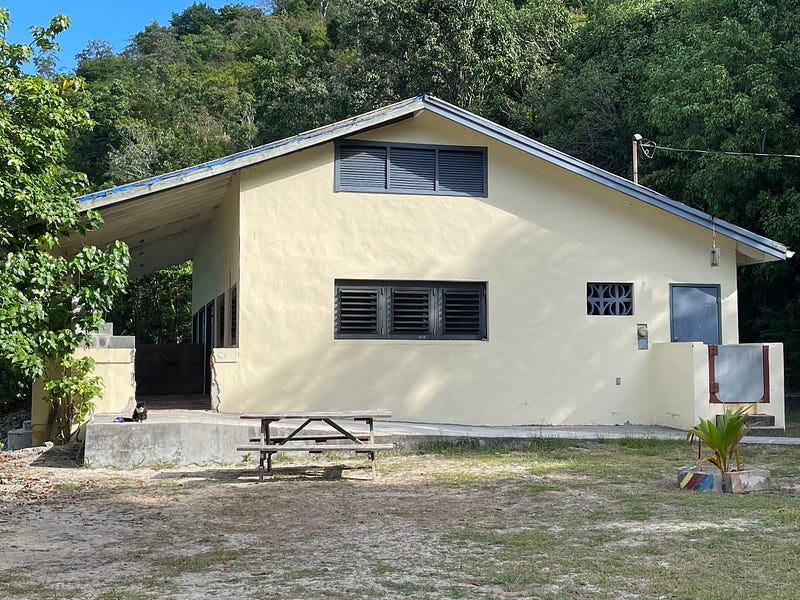
It is also speculated that Oppenheimer's evolving anti-nuclear stance influenced his preference for St. John, which might have seemed less susceptible to nuclear fallout compared to other locations.
From 1957 until his death from throat cancer in 1967, Oppenheimer spent quality time at his cottage with family and select guests, famously hosting New Year’s Eve celebrations. Kitty eventually scattered his ashes in Hawksnest Bay.
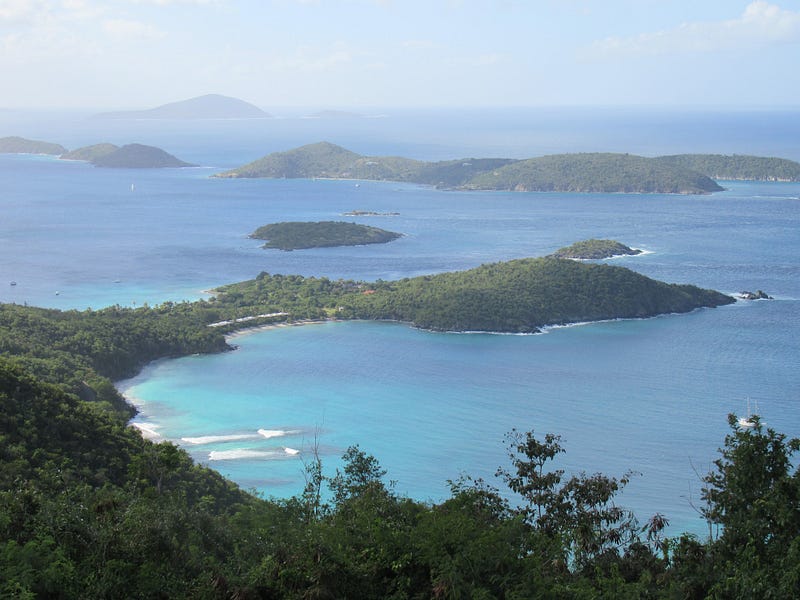
Tragically, Oppenheimer's daughter took her own life at the cottage, but she left behind a note bequeathing the residence to the "People of St. John."
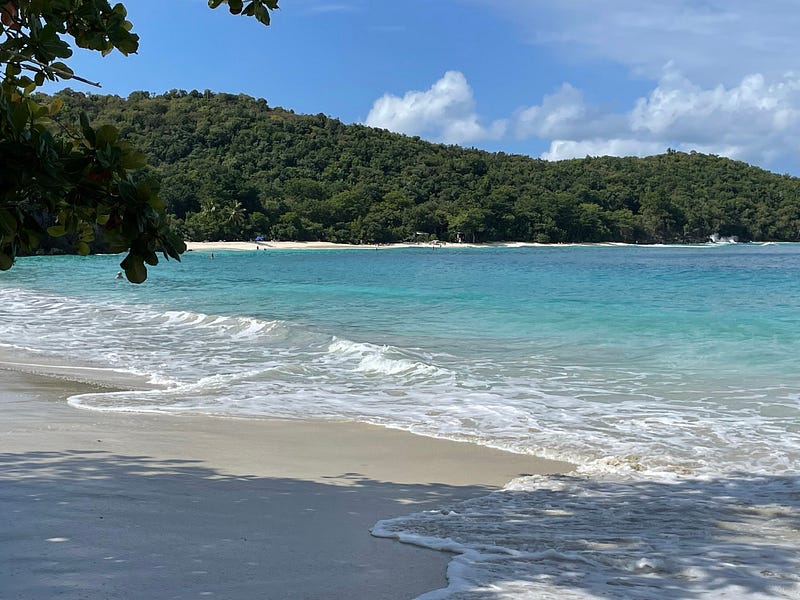
Today, Oppenheimer Beach remains a pristine gem. Its discreet access is known primarily to locals, with only three parking spots available before descending a paved path to the beach. Upon arrival, the cottage is one of the first sights on the right side of the shore.
Further down the beach, the original Gibney Cottage still stands, now operating as a luxurious accommodation in this idyllic setting.
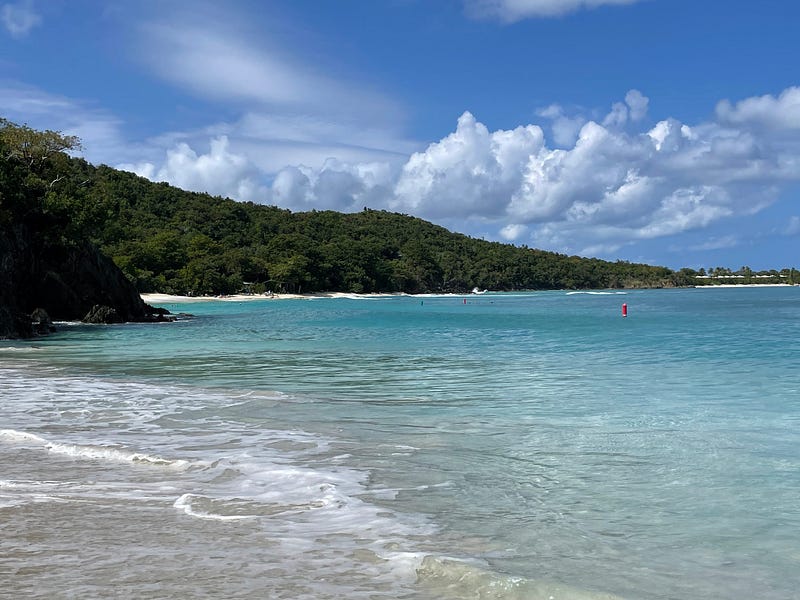
After returning home, my husband and I finally watched the acclaimed film Oppenheimer. Now, I fully appreciate the value of the time he spent on that stunning beach.
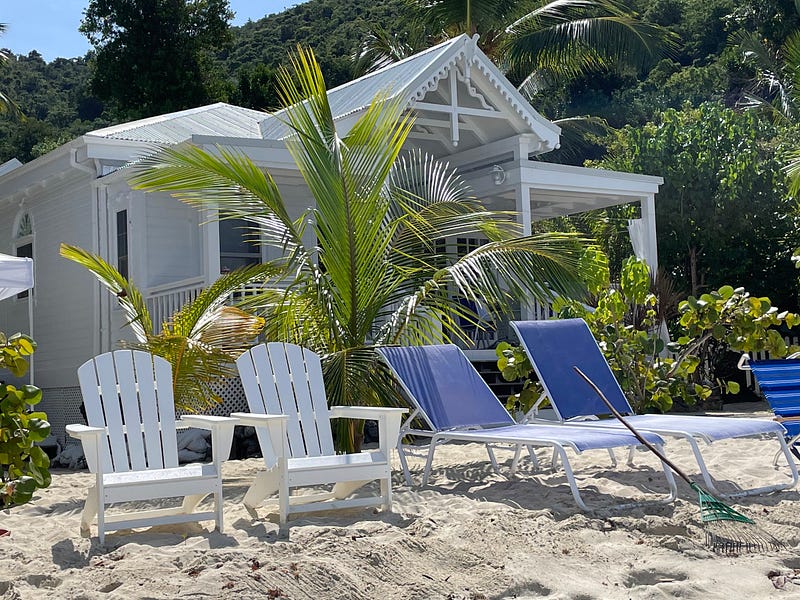
This panel discussion dives into Oppenheimer's years in Berkeley, providing insights into his life during a transformative period.
This archival footage features Robert Oppenheimer reflecting in 1965 on the necessity of the atomic bomb, offering a glimpse into his complex legacy.